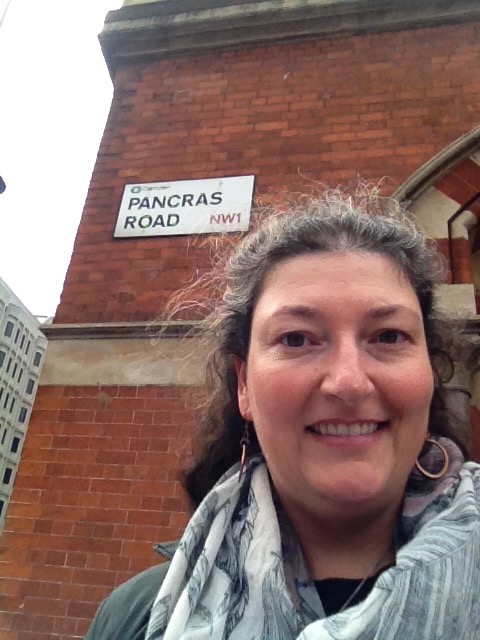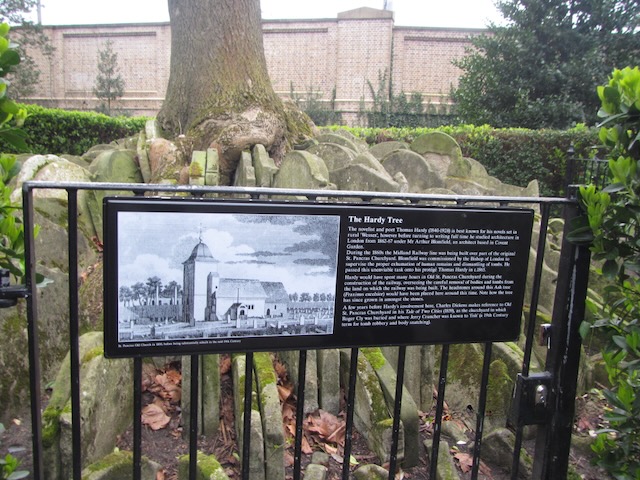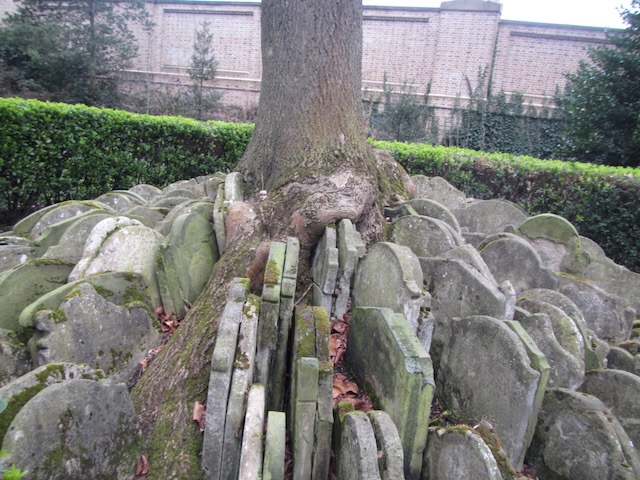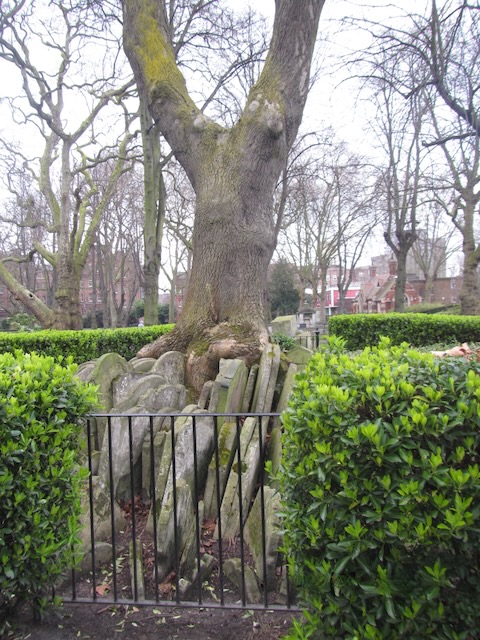Road names change over time, one of the challenging (and sometimes exciting) aspects of literary tourism. I’ve documented several instances of roads in Adams’ novels that do this, including St. Pancras Street (NW1 2SD). It’s another place eliminated from the Douglas Adams’ London Map. (Don’t worry, we’ve included reference to it in the iPhone App. It is an important route used in Dirk’s Walk.)
St. Pancras Street in Teatime was “fictional” by the time I went to London to find it. Being able to trace Dirk’s path to Valhalla without using it lead me down the wrong turn of wondering if the street could have been a trap street–a misnamed fake street cartographers use to catch map copycats.
There are trap streets all over London. But in this case, the name appears in an A-Z of London from the late 70’s. And the street isn’t a trap street because the fake name isn’t on the map; The current, real-world name is: Pancras Road.

The fictional name now serves as a subtle hint, an extra layer of meaning that Adams could not have predicted. Only Londoners and literary tourists will pick up on this indication that in crossing the bygone St. Pancras Road, Dirk was following destitute nordic gods toward the mythological Valhalla.
Saint Pancras Railway Station
Another place that didn’t make the cut into the Douglas Adams’ London Map is the Railway Station. Again, while this location is important to the storyline, and important for setting the eventual transition that takes Dirk to Valhalla, it would be redundant on a map only pointing out places.
Teatime tells us that Dirk entered Saint Pancras Railway Station through iron portals. However, when I went into the station, no iron portals were in evidence. Change happens, and that’s why we celebrate the anniversaries, like the recent 42nd anniversary of the TV series broadcast. Celebrating helps us be at peace with change and the inevitable passage of time.
Perhaps removed in the reconstruction, hitchhikers like me now enter the station via glass doors and steel hinges. Different from the book text, but once you get inside, the sense of awe remains as you look upward at the iron latticework of the station’s Victorian roof.
Instead of including the station, the map guides fans to The Midland Grand Hotel (now the St. Pancras Rennaisance Hotel), The Booking Office, the Archway of the Winged Dogs, and King’s Cross Station, without muddying the map with too many little numbered dots.
Why include them in the app if you cut them from the map?
The street and the station are both important for a devoted literary tourist’s walk. The advantage of the iPhone app we’re creating is that when you follow our walks, we can share more of the hundreds of points that create a line through the world (see what I did there, geometry nerds?). We can point out so much more history and items of interest along a specific route (and something for the linguistic nerds as well).
We can also suggest literary side quests. For example, The Hardy Tree nearby is an amazing historical and literary site to visit. Young novelist Thomas Hardy was an apprentice studying architecture for a time. It is a time-honored-truism that apprentices and interns always get the worst jobs. Hardy was in charge of relocating bodies from the St. Pancras Churchyard. The Midland Railway had to be built, so the the former burial ground was scheduled for demolition. Thus history, and comedy, repeats itself.
At this striking site, the headstones seem to have marched themselves awkwardly into a celebratory circle around a huge ash tree. Something about the way they have become frozen reminds me of the red queen’s playing cards from Disney’s Alice in Wonderland, stiffly pivoting from corner to corner as they chase poor Alice.
The unique area is an easy detour for literary tourists visiting the King’s Cross area. In addition to enjoying the peaceful suroundings, fans of Hardy or Charles Dickens (who mentions the churchyard in A Tale of Two Cities) can pay their respects.



Sadly, I learned from a fan friend, RJ Newman, that we lost the Hardy Tree this year. He has included some photos of the fallen tree in this FB post from December. I plan to go back and pay my own respects this spring (though I anticipate the tree will have been chipped or chunked into fuel for a fire by the time I get back to England).
What do you think?